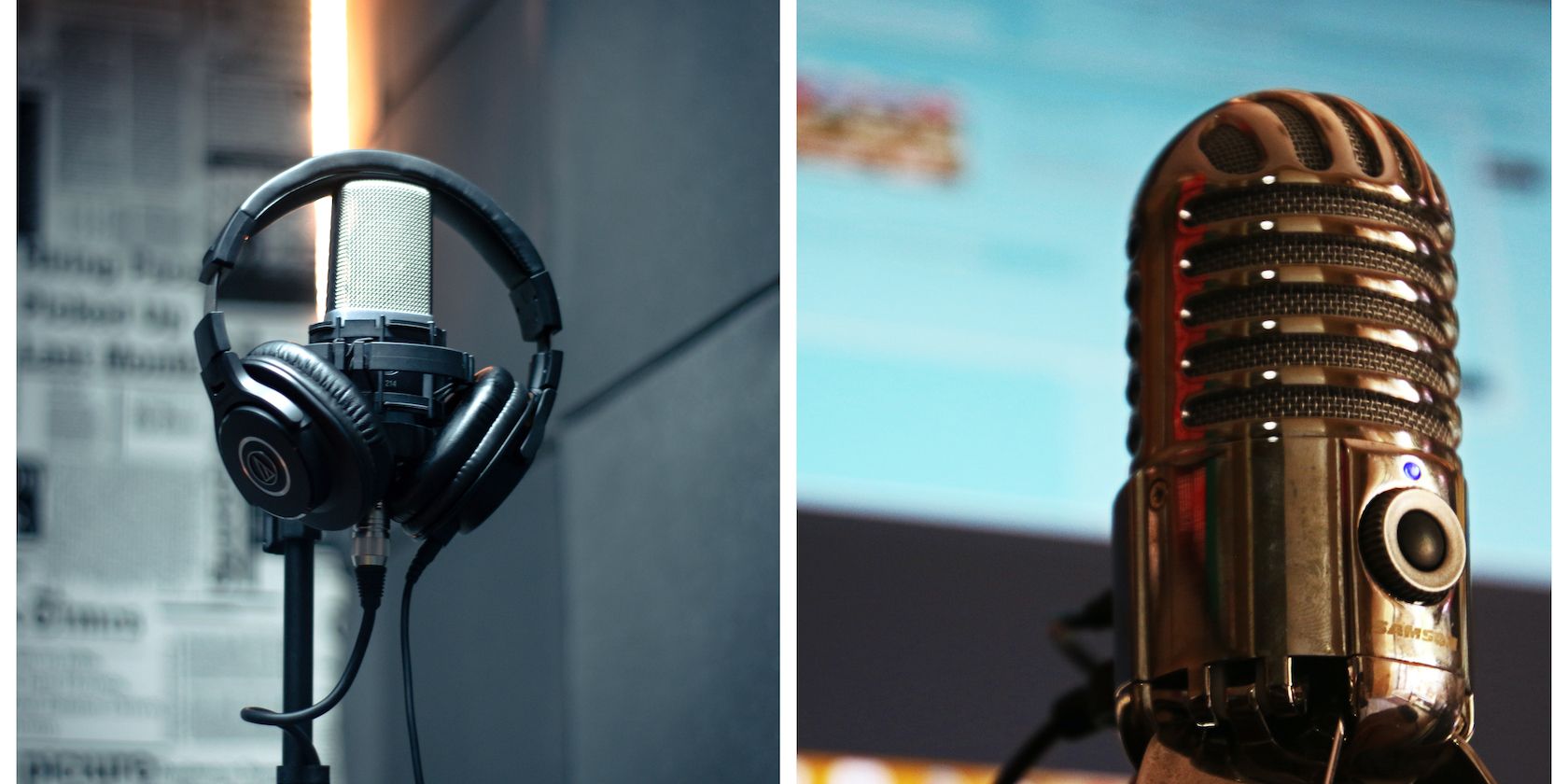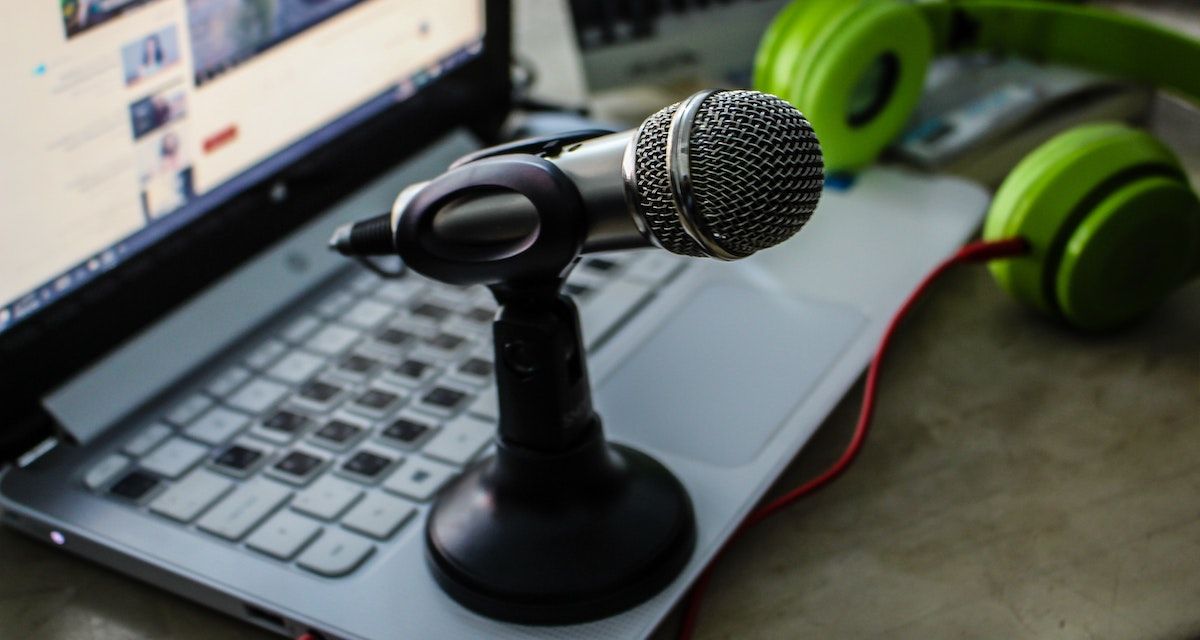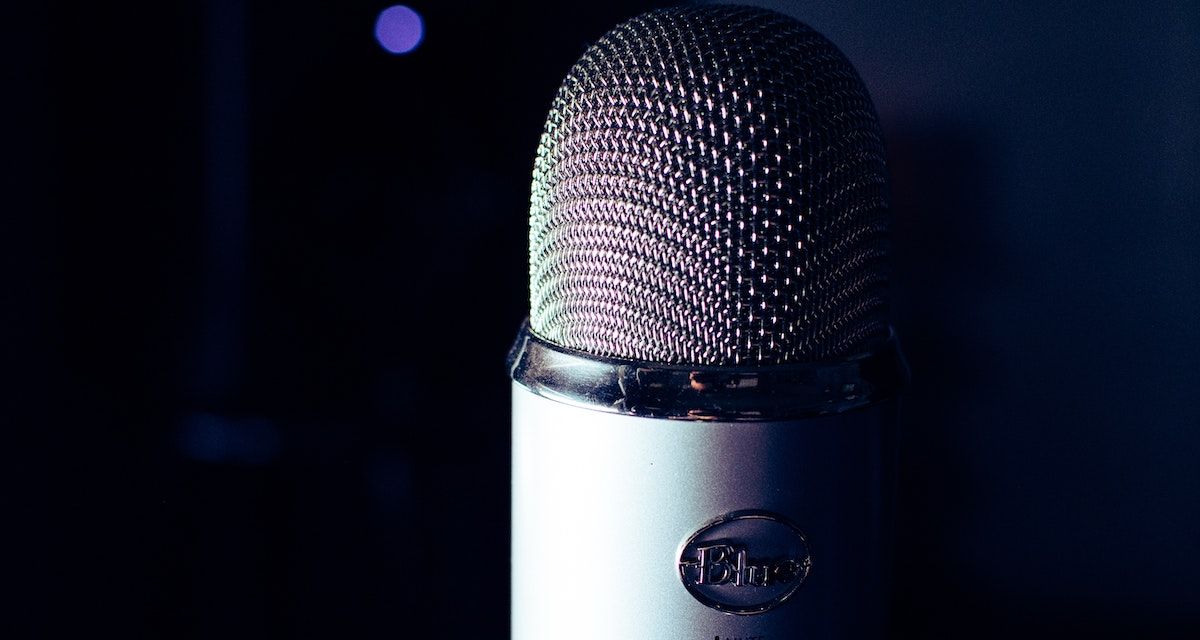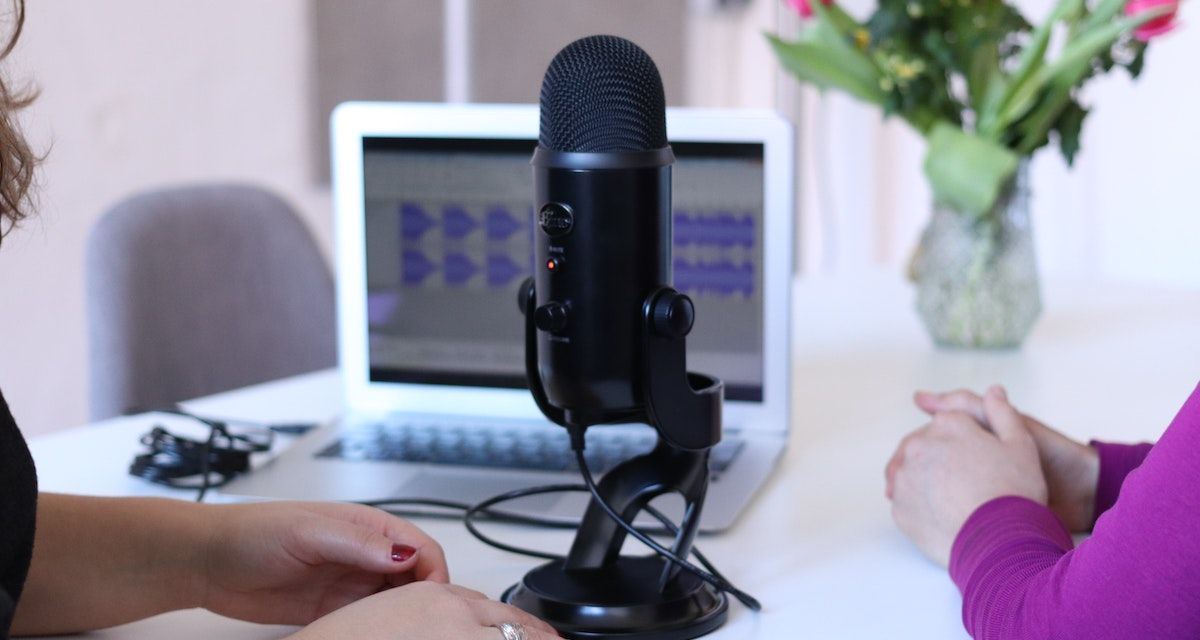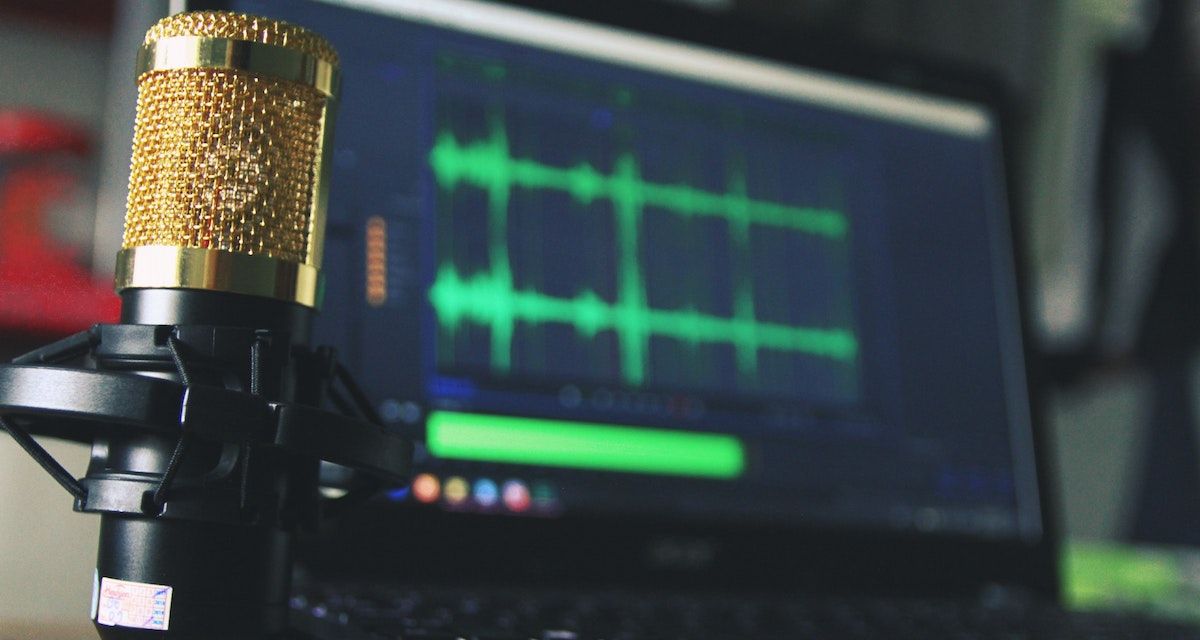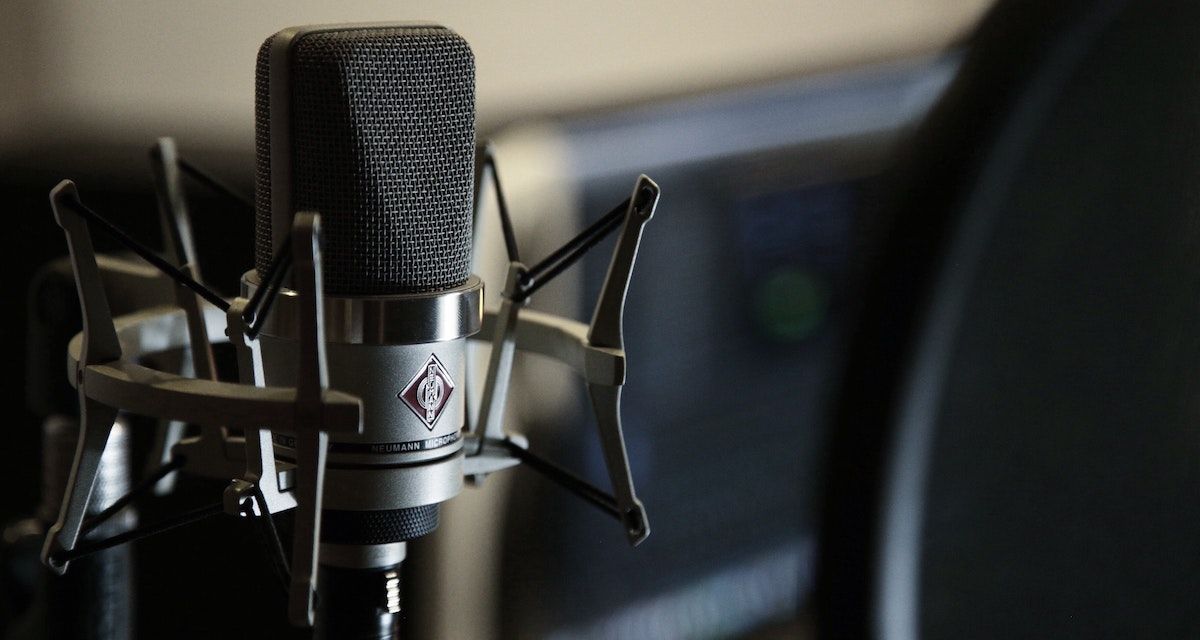If you want to swap your device's built-in microphone for a more professional microphone, we can help point you in the right direction.
Both USB and XLR microphones come with a range of benefits as well as some shortcomings. Let's break down the strengths and weaknesses of each to see which one is best suited for you.
What's the Difference Between USB Microphones and XLR Microphones?
Before we dive in, let's quickly distinguish the differences between USB and XLR microphones.
USB microphones are microphones that have a USB output. This means you can plug them directly into your computer, bypassing any need for audio interfaces or multiple external devices. They can also be more compact than their XLR counterparts.
XLR microphones, on the other hand, are the most common type of microphones around and are widely found in professional audio production. They mostly use a three-pin XLR connection. In other words, you'd have to connect it to an audio interface, which you'd then connect to your computer.
With this in mind, let's look at how USB and XLR microphones stack up against each other.
USB Microphones
Considering a USB microphone? Let's go over the advantages and disadvantages of this versatile mic.
Ease-of-Use
Thanks to its USB output, you can simply plug in a USB mic and start recording—that's it. There's no researching and connecting an audio interface, mixer, or any other complicated external device.
This means you can jump straight into recording on your laptop or computer quickly and easily. This is perfect if you're the type of person that likes to vocalize your ideas on the fly with minimal setup and better sound quality than your built-in microphone.
Great for Recording On the Go
USB mics are usually more compact than XLR microphones. With examples such as the Samson Go Mic, you can take one or two USB mics on the go without compromising space.
As many USB mics also come with built-in mini-stands, you won't have to worry about the potential weight, baggage, and risk of damage when taking additional equipment, such as mic stands and audio interfaces.
More Affordable Than XLR Mics
USB mics come in, on average, at a lower price than XLR mics. Their affordability is great if you're completely new to recording and don't want to break the bank finding out if it's a good fit for you.
With plenty of good-quality, affordable USB mics on offer, such as the Blue Yeti, you can be sure the right USB mic is out there for you.
Offer a Great Setup for Beginner Solo Projects
Like we just mentioned, if you're new to audio recording, buying a USB mic is a relatively inexpensive, easy-to-use, and convenient way to test the waters.
Learning how to record with a USB mic is very straightforward. If you're looking to venture into solo podcasting or want to record yourself performing music, then a USB mic or two could make a great beginner setup.
Provide Less Quality Than XLR Mics
Despite their range of positives, USB mics don't exactly stand toe-to-toe with XLR mics in the audio quality department. Simply put, there's a more expansive range, more nuanced recording options, as well as increased audio customization with XLR microphones.
Though USB mics are perfect for beginners and hobbyists, if you're looking to take things to the next level, then you're better off using XLR mics.
XLR Microphones
If you're willing to pay more for professional sound quality, XLR microphones might be for you.
Give You Professional-Level Audio
There's a reason XLR microphones are used by professionals. They offer higher quality audio capture, more nuanced audio recording, and are perfect in a wide range of different recording scenarios.
Unless there for a specific reason, you won't find USB mics as the main microphone in most professional spaces. However, you'll see a huge range of XLR mics, ready to record whatever you want.
Offer a Wide Variety to Suit Your Specific Needs
XLR mics come in many different shapes and sizes. While it can take some time to understand what differentiates one type of XLR mic from another—such as condenser vs. dynamic microphones—you'll get far greater results with an XLR mic.
The more you get used to working with XLR mics, the more you'll understand which mic suits which type of instrument, sound, and scenario. This means that your end result is going to sound that much better. It's worth having a look at brands, such as RØDE or Aston to see what types of XLR mics are on offer.
Will Push Your Audio Creating Abilities Further
With USB mics come a ceiling. Due to their limited features, you can only go so far. With an XLR mic, however, the sky's the limit.
Depending on the type of XLR mic you choose, you'll reap the addition of potential features, such as richer audio, a higher dynamic range, and clearer sounding audio.
When paired with devices like an audio interface, preamp, or mixer, as well as a sophisticated digital audio workstation (DAW) such as Pro Tools, using XLR mics will change your approach to recording, mixing, and producing audio for the better.
Offer a Steeper Learning Curve
While there's unlimited potential once you get used to using XLR mics, it's getting started that could prove challenging.
Firstly, unlike USB mics, you can't just connect an XLR mic straight to your computer. You'll need an audio interface, which can be tricky to understand and navigate, initially. If you're completely new to audio interfaces, Focusrite's Scarlett Range could be a good place to start.
You'll also need to understand the nuances of each type of XLR mic to ensure that you're buying the right one to suit your needs. Especially for recording music, factors such as mic distance, sensitivity, and diaphragm size all come into play. Despite the great end results, getting used to all of these things might be a little overwhelming.
Though you'll reap much greater rewards using an XLR mic, the initial learning curve can put some people off.
Typically More Expensive in Total
XLR microphones tend to be more expensive (on average) when compared to USB mics. In addition to your microphone, you'll also need an audio interface, a mic stand, potentially a pop-filter, and a phantom power source.
This makes it hard to recommend taking your XLR mic(s) on your travels (unless you're touring, of course), or buying an XLR mic if you're completely new to recording audio.
Can You Use Both USB and XLR Microphones?
Though you might be leaning towards either a USB or XLR mic, there's no reason why you can't start with a USB mic. Once you've outgrown it, you can use it as a travel mic while you work on building a home studio with an XLR mic set-up.
The choice is largely dependent on your situation and aims in audio recording. USB mic or XLR mic, there's a wide range of microphones out there waiting for you to try out.

